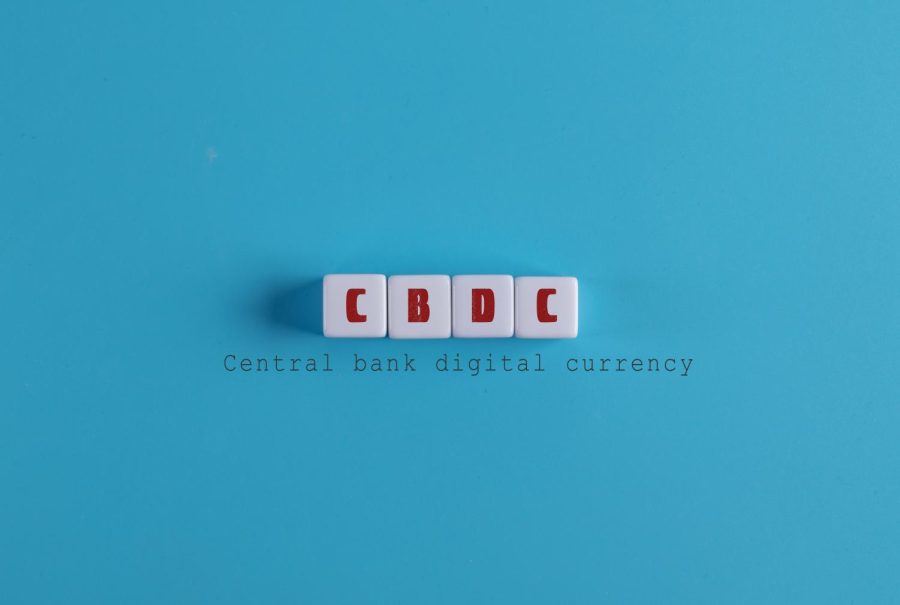Federal Reserve explores issuing digital currency
February 4, 2022
The Federal Reserve published a discussion paper on the potential issuance of a U.S. central bank currency, otherwise known as a CBDC, on Jan. 20. The paper covers the pros and cons of a CBDC and invites the public, not just professionals, to participate in discussion about whether the Fed or Congress should consider a CBDC at all.
A CBDC, or central bank digital currency, is a digital kind of fiat or money issued by the central bank. The more widely known cryptocurrencies, such as Bitcoin or Ethereum, are digital currencies that are decentralized, meaning that the government doesn’t have complete authority over it, and the organizations issuing them are usually private entities. Since a CBDC is controlled by the central bank, it is not defined as a cryptocurrency.
The United States’ central bank currently allows only two forms of central bank money; physical currency issued by the Fed and digital balances held by commercial banks at the Fed. While people are familiar with money being held in a digital form, such as in bank accounts or in apps like Cash App or Venmo, a CBDC would be the responsibility of the Fed and not just any bank.
The Fed is considering the issuance of a CBDC because it could serve as another form of payment for people to use in their day-to-day purchases and to support their households and businesses.
Another upside to allowing CBDC as a form of payment is that international payments could take place more efficiently. Essentially, a digital dollar would change the financial system like never before by allowing global payments to be processed quicker and consumers to have greater access to the financial system.
However, as society evolves, some professionals say that this process will take years to be integrated into society. Jonathan McCollum, the chair of federal government relations for Davidoff Hutcher & Citron, says that if the government doesn’t start right away it won’t serve as great a purpose and more money could be lost in the long run.
The Fed also stated that the ultimate decision will be up to Congress, and until there is a clear approval, it won’t start anytime soon.
Arguments against a CBDC are also being made because this foreign currency boasts lots of potential challenges alongside its rewards. For one, there is a concern that centralizing digital currencies will result in competition between private banks.
Furthermore, a CBDC may transform the financial system entirely, which could greatly impact the cost of credit for households and businesses.
While there are several arguments for and against the issuance of a CBDC, some have also proposed solutions. If issued correctly, households and businesses would have an additional safe form of digital currency.
Ultimately, the Fed has not come to just one conclusion in regard to CBDC’s issuance, and much of that decision will be up to Congress and the public.
The Fed opened public comment for its paper and is allowing these comments for up to four months before or if it reaches a final consensus. All comments or concerns can be submitted here, where the public is given 22 short answer questions that continue to challenge the pros and cons of a CBDC.








hasan • Feb 11, 2022 at 6:38 pm
Hmmm, interesting 2 see how our world is quickly changing. crypto currency seems like it is just the start.